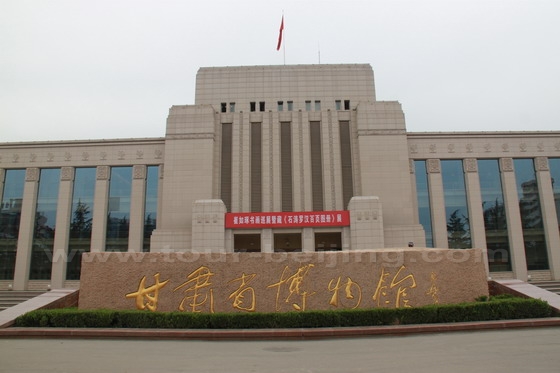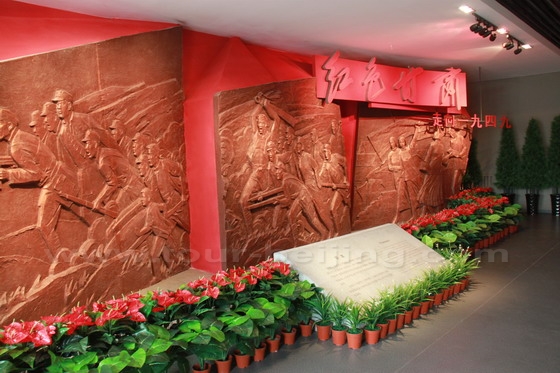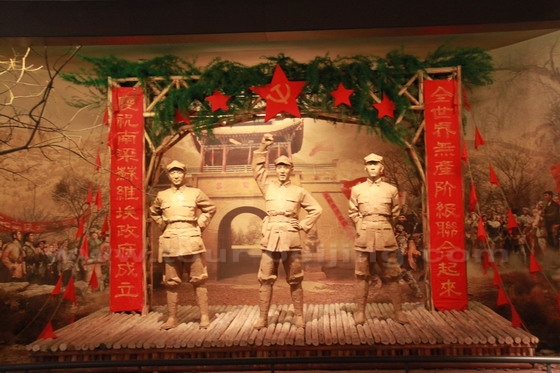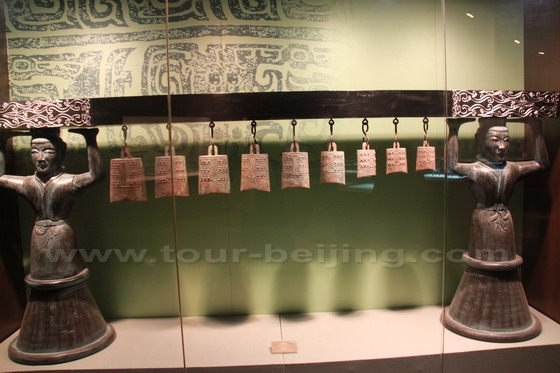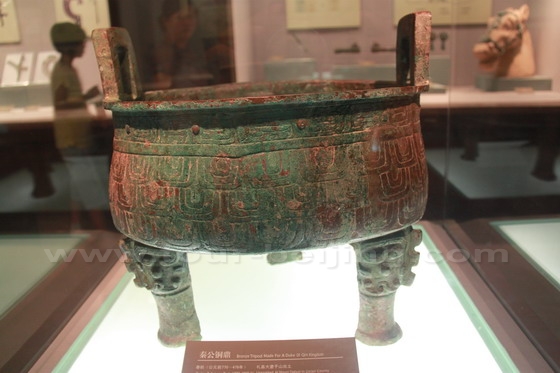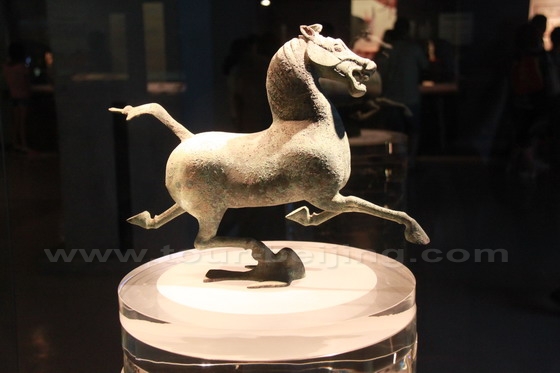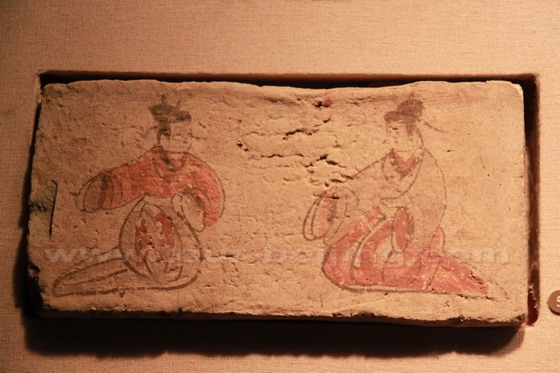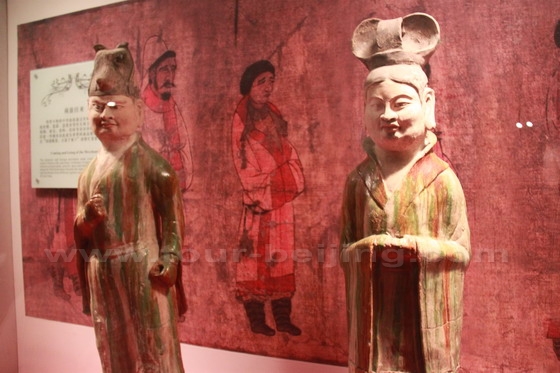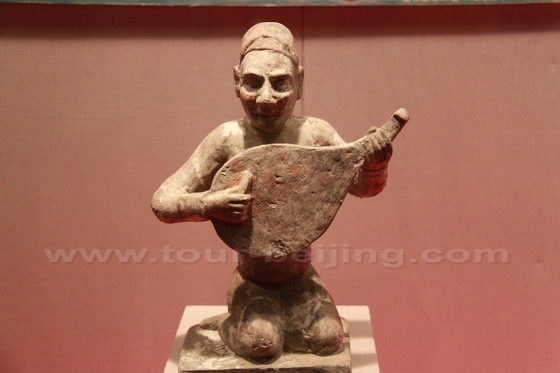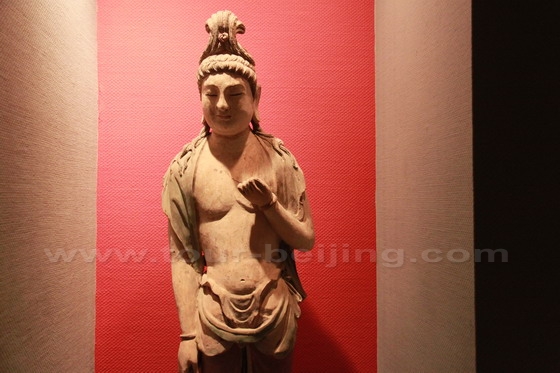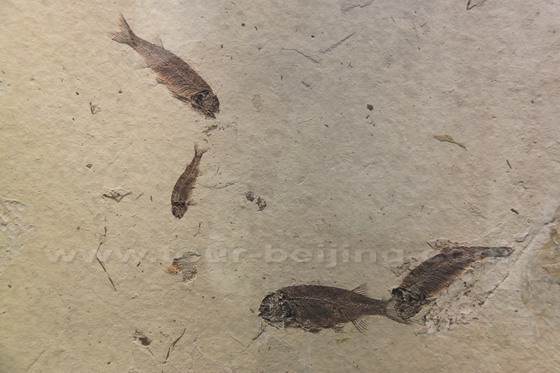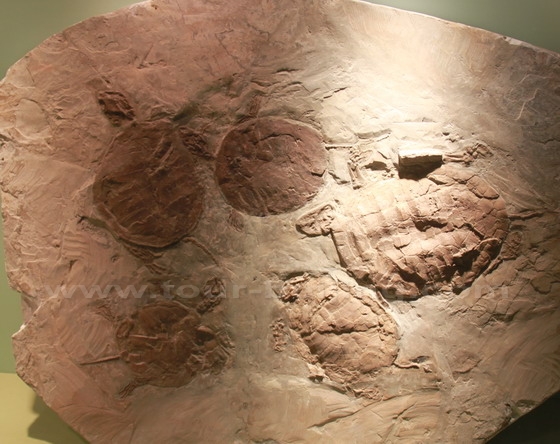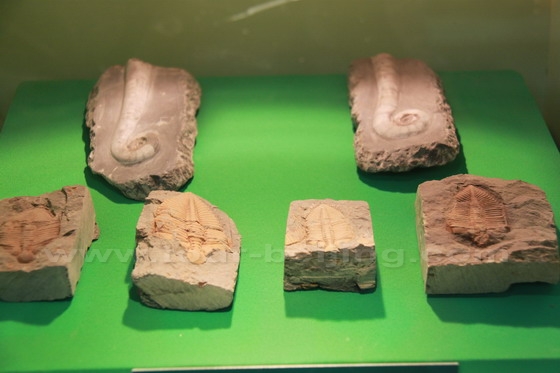Visiting Gansu Provincial Museum is a must for every foreign visitor coming to Lanzhou on their trip to the ancient Silk Road in China.
The Gansu Museum is a three-storey building with an area of 28000 square meters. The museum has an exhibition floor of 9000 square meters as well as a warehouse of 7600 square meters.
Gansu Museum is located opposite to Friendship Hotel, in Qilihe District of Lanzhou. Its exact address: 3 West Xijin Road, Lanzhou (兰州市西津西路3号). It lies 8km west of Lanzhou Railway Station, 75km south of Lanzhou Zhongchuan Airport. This mumseum can be easily reached by the bus lines 1,18,31,50,53,58,59,71,76,77,103,106,129,132,134,137.
The museum is open from Tuesday to Sunday from 9:00am to 5:00pm. Entrance admission stops at 4:00pm. Though the entry into the museum is free of charge, you have to show your ID card at the ticket office by the gate to exchange for a free ticket.
Every morning (Monday closed) only 600 visitors and every afternoon ( Monday closed) only 400 visitors are allowed to enter the museum. If you travel on a group, your group have to reserve the tickets. So you travel independently, you are advised to go to the museum a little bit earlier to avoid the possible crowds of tourists.
Visitors have to go through security check before entry.
First Floor
Gansu Museum is one of the big comprehensive museums in western China. It has three floors with the first mainly designed for makeshift exhibitions on display with different themes. At the time of my visiting, I found the first floor was allocated for the Red Army’s Long March via Gansu.
This section gives you a chance to trace back the revolutionary history of Gansu, feel its rich historical and cultural commotions.
The second floor is largely focused on the ancient Silk Road along Hexi Corridor. The communication between the East and the West started from very early days and continued all the time. In the 2nd century BC, Wudi Emperor of the Han Dynasty dispatched Zhang Qian to the Western Region, such opend a trading road, and also a cultural corridor featured for the silk trade across Asia, Africa and Europe from Chang”an to Rome.
The real communication in the aspects of economy, politics and culture between China and Western countries began breaking through the geographical barrier, enriching and accelerating the development of the world civilization. This road was first named as “Silk Road” by German Geographer F. Von Richthofen 1870s.
About 5000 years ago, Chinese agricultural civilization centered on the Yellow River Valley came into being. Later on, the nomadic tribes in northern China became strong and prosperous. The southward penetration of the nomadic culture met the outward expansion of the central China’s agricultural culture, accelerating the mingle of the two cultures.
With this blend, the nomadic tribes connected the various oasis in the desert and central Asia, played an important role as go-between of the cultural exchange between the East and the West.
The ancient chime bells built in Han Dynasty unearthed
Bronze Galloping Horse Treading on a Flying Swallow is a bronze artwork of the Eastern Han Dynasty. In 1984 the National Tourism Administration chose the Galloping Horse Stepping on a Flying Swallow as a candidate of its logo.
Mural paintings inside the Wei and Western Jin mural tombs around Jiayuguan in the Hexi Corridor.
The earth was formed 4.6 billion years ago and the intense shake ended 3.9 billion years ago, then an ocean appeared. Amicroorganism community based aminophenol came forth million years passed.
However, the appearance of human being is just a moment of the endless evolution of the earth. Fossils have recorded a history of the life evolution by various forms since the original lives appeared on the earth.
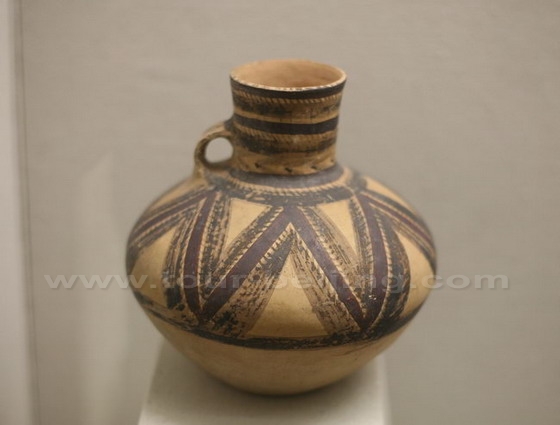
Further Readings
Lanzhou Tour
Gansu Tour
Top 10 Attractions in Lanzhou
Top 10 Places in Gansu
How to Enjoy Nightlife in Lanzhou
Lanzhou Zhangye Road Pedestrian Street
Zhengning Road Night Snack Market in Lanzhou
Lanzhou Bar Street
Lanzhou Antique Market
Lanzhou Waterwheel Park
Lanzhou Zhongshan Bridge
Lanzhou City Layout
How to visit Gansu Museum
Lanzhou Yintan Wetland Park
Lanzhou Zhongchuan Airport
Lanzhou Railway Station
Lanzhou Xiguan Mosque
Where to stay in Lanzhou
Yellow River, the Mother River of China
Any questions, just drop a line.






